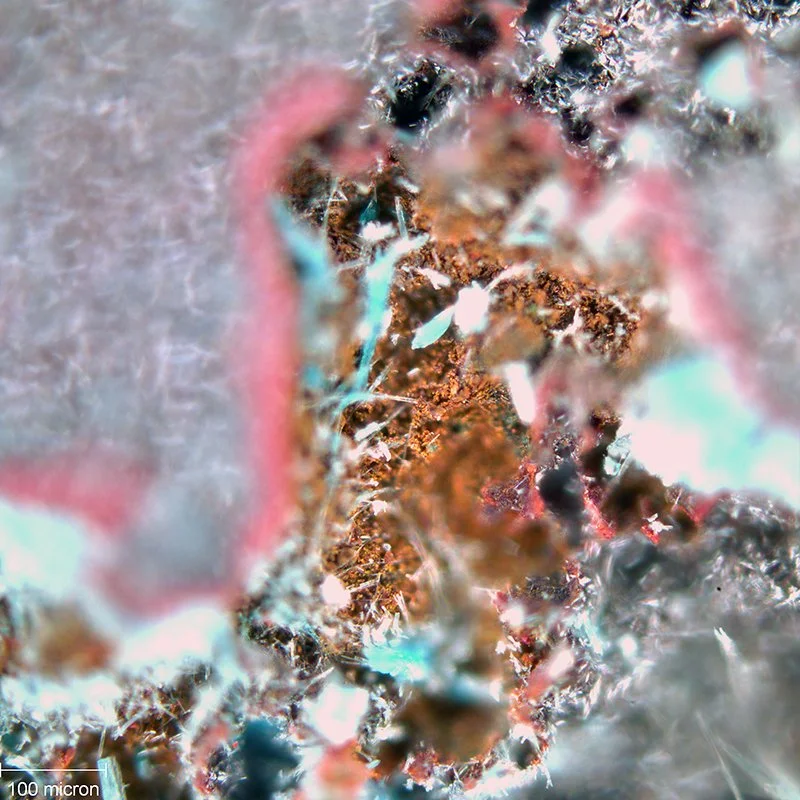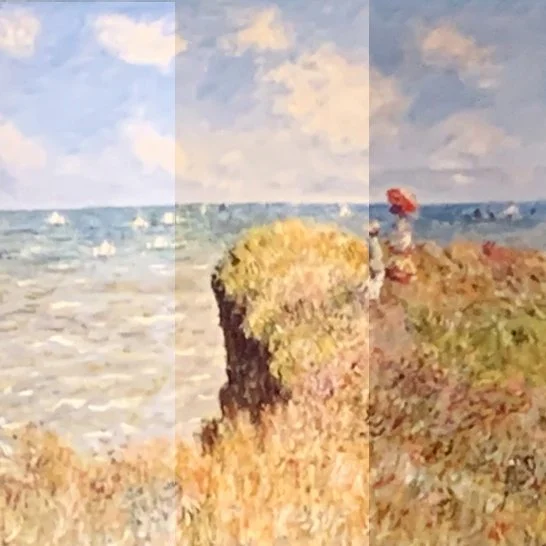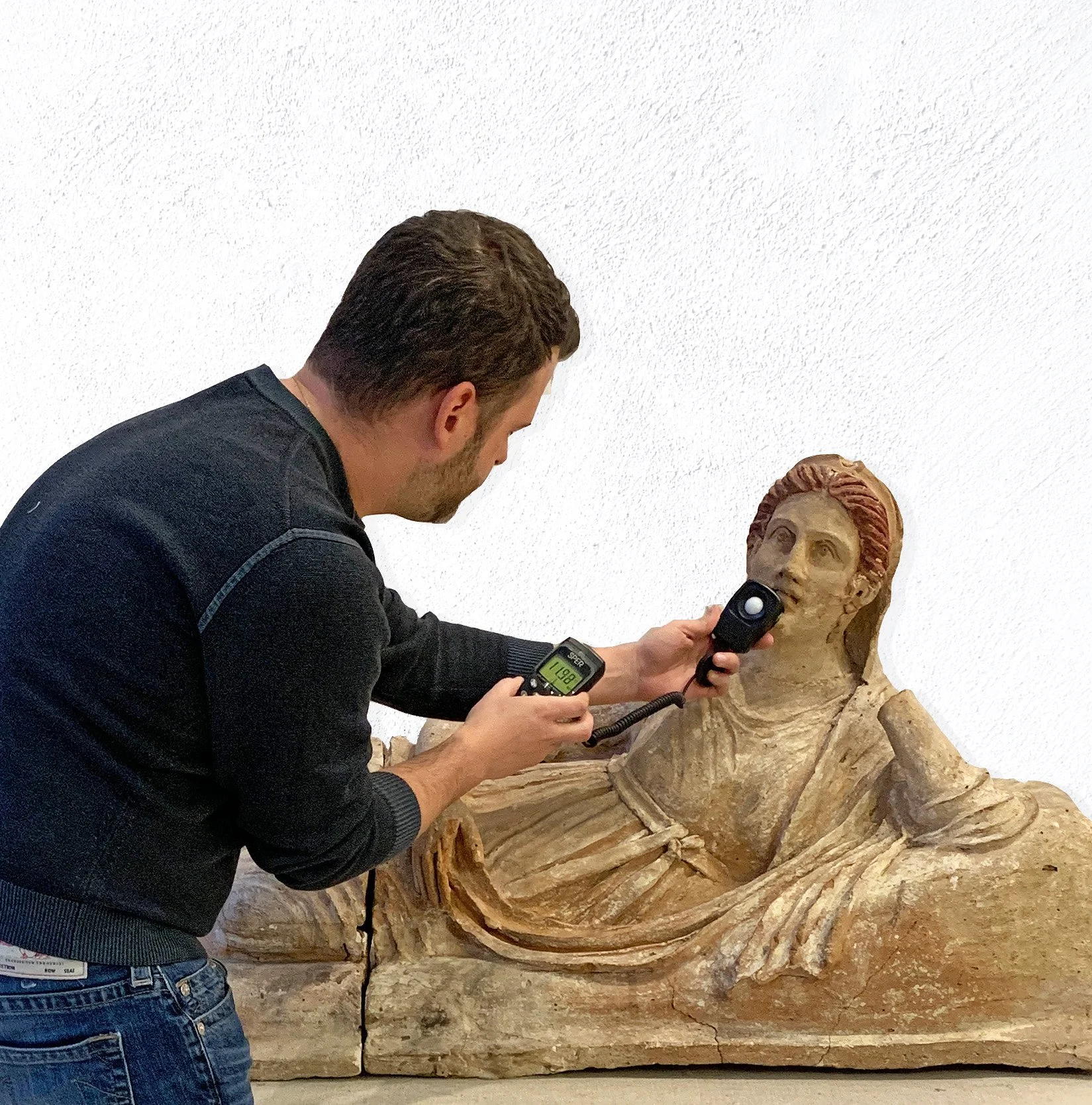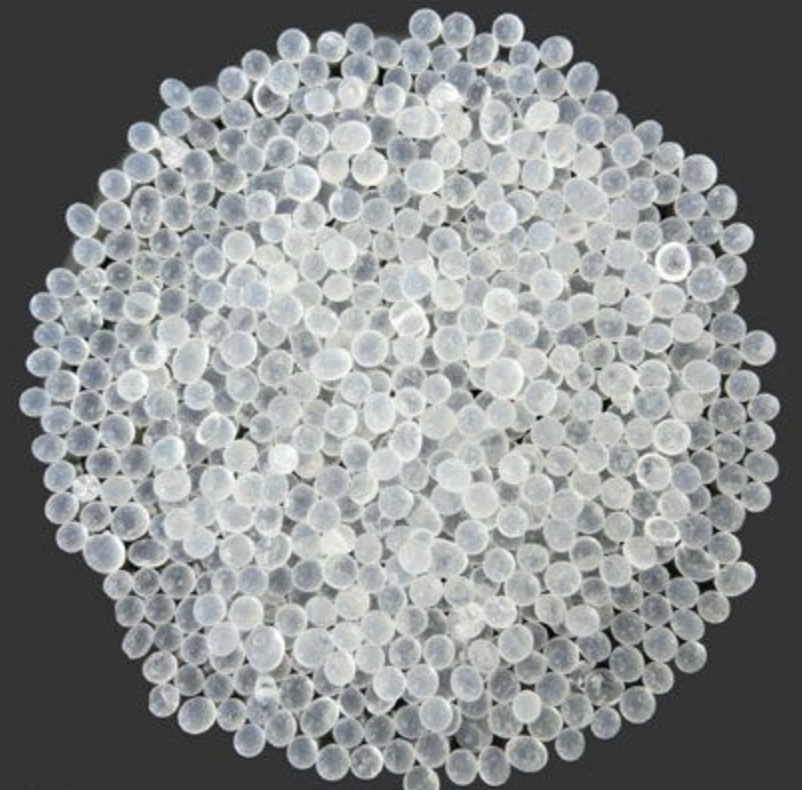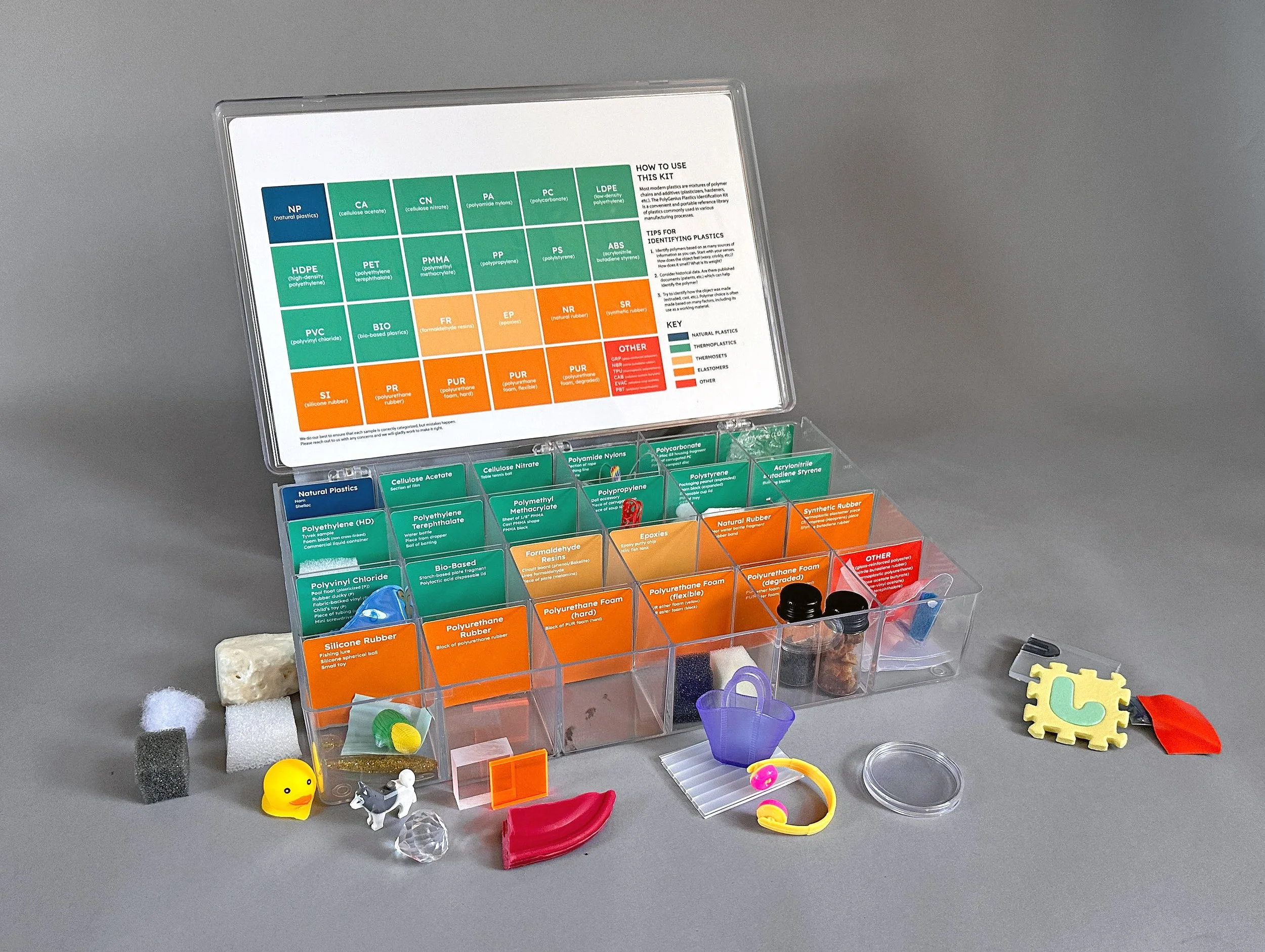SCIENTIFIC RESEARCH
Is Newer Better?
Evaluating the Potential Risk of Light Damage to Artworks from LED Bulbs Using Blue & Violet Emission Chips
Coupons in Quarantine: Examination of Corrosion Products After Long-Term Exposure on Differently-Abraded Metal Samples
An Assessment of Lighting Conditions in the Conservation Center Lobby and Preventive Conservation Recommendations
Case Study:
Calculating Appropriate Silica Gel Quantities for Buffering Museum Display Microclimates
It is becoming more widely known that, when used to light artworks, LED bulbs have a lower potential to cause damage via ultraviolet radiation. In this study, the spectral properties of 3 bulbs are examined and recommendations are given for lighting light-sensitive objects.
We commonly overlook the impact different light sources have on our daily visual experience. However, lighting works of cultural heritage requires a basic understanding of different spectral properties.
The nobility and specific composition of different metals are known to influence the formation of corrosion products. This experiment evaluates the corrosion products formed on copper, silver, bronze, and lead coupon samples exposed to acetic and formic acid over an extended period of time.
In this report, the amount of silica gel, a form of silicon dioxide commonly used in museum settings to buffer temperature and relative humidity levels, is calculated for the optimal preservation of both organic and metallic objects in a display case of specific dimensions.
Image: https://llfa.eu/silica-gel-beads.html
PLASTICS RESEARCH
It is becoming more widely known that, when used to light artworks, LED bulbs have a lower potential to cause damage via ultraviolet radiation. In this study, the spectral properties of 3 bulbs are examined and recommendations are given for lighting light-sensitive objects.

